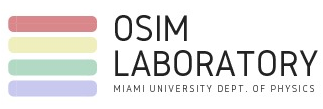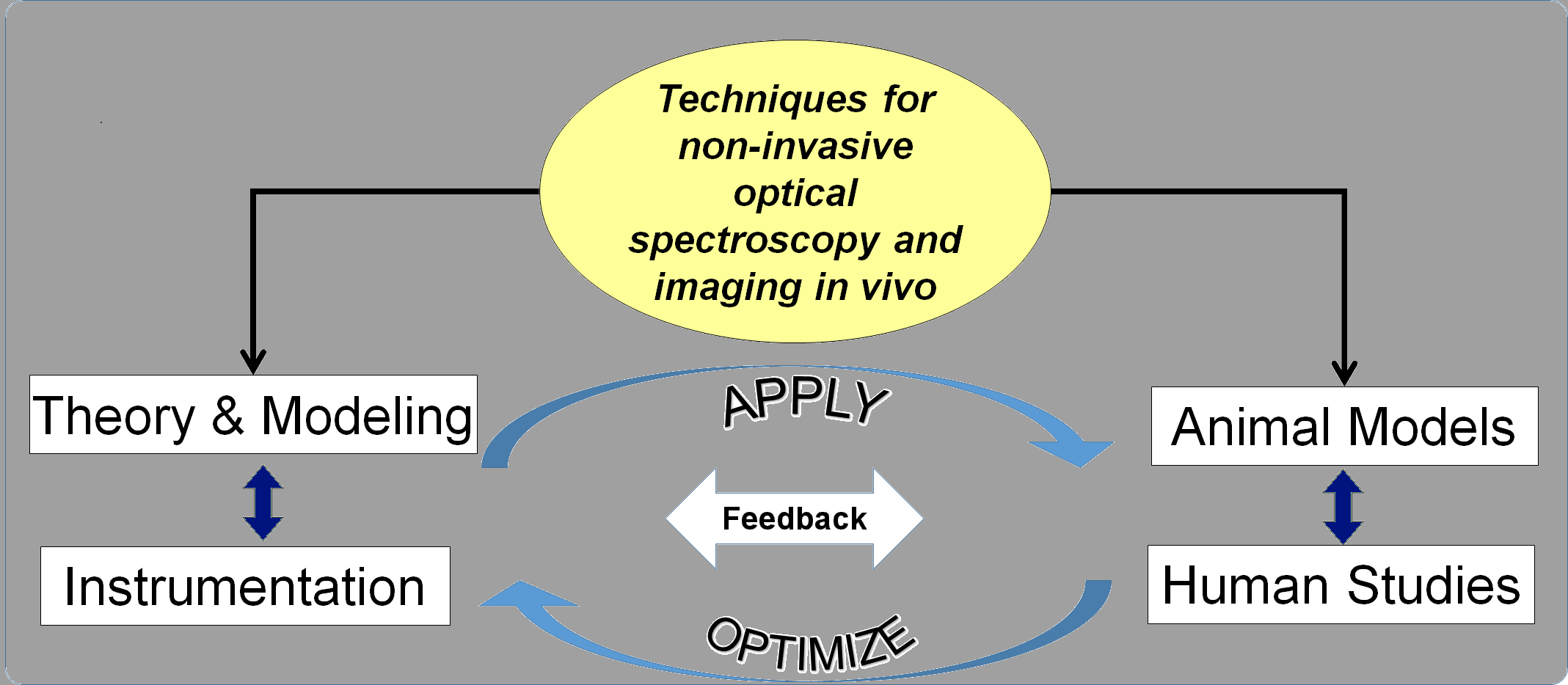College of Arts & Science -Department of Physics

Research Outline

- Developing or designing novel instrumentation
- Developing theoretical or numerical analytical techniques
- Exploring applications of the above for biomedical sensing
Active Project Areas
Estimating tissue optical properties
We explore a wide variety of such methods by combining previously well-established techniques along with discovering novel ways to improve and optimize them. In particular, we explore spatially-, spectrally- and temporally-resolved diffuse reflectance and fluorescence measurements as experimental tools and use theoretical constructs such as radiative transport, photon-diffusion and Monte Carlo methods for analysis.
Detecting Sub-surface Flow
We explore applications of coherent imaging for imaging sub-surface flow in tissue. On going work, explores two such approaches - laser speckle contrast imaging and diffuse correlation spectroscopy - to measure blood flow.
Low cost optical diagnostics
In Vivo Studies
©2020 Miami University. All rights reserved.
Visitors Count
